Dominique Lelys and Artumes: Taking on the spirit of Arnys
June 20, 2022BruceDayneDominique Lelys and Artumes: Taking on the spirit of Arnys
By Tony Sylvester
Roughly three years ago I wrote a piece for the Drake’s in-house magazine Common Thread. Given a free rein on any subject I wanted to talk about, I’d started ruminating on the similarities between French and English style, one of the prompts for which had been the recent announcement that Drake’s would be launching ‘a store within a store’ at Beige Habilleur, in Paris’s 16th arrondissement.
Beyond the obvious benefits to both brand and store, I started thinking about both the commonalities and differences in menswear either side of La Manche. For despite the historical focus on Italian, American and British style, relatively little time - in the English language at least - had been spent on the French approach to sartorial matters.
Times have changed a lot since then. The French magazine l’Etiquette is available in English these days, and last year Reginald-Jerome De Mans published Swan Song: an entertaining collection of essays on French makers and clothing establishments. Witty, romantic and often pessimistic (with a suitably Proustian allusion in its title) De Mans, an American who spent time in Paris as a student, ruminates on the disappearing world of French craftsmanship and style.
As soon as the book landed, I cracked it open to the chapter on Left Bank institution Arnys (above). Keener readers will already know of the now defunct brand; Simon covered them in the early days of PS, and they cropped up in my article last year on artists’ clothing.
The brand was swallowed up by LVMH-owned fancy-shoe providers Berluti back in 2013, a decision perhaps more motivated by their enviable retail position on Rue De Sévres rather than their sartorial output, yet Arnys still holds a firm sway over menswear enthusiasts.
The brand fascinates me greatly. I was a little late to the party, missing out on the store in its heyday, so trips to Paris often involve wild goose chases in pursuit of vintage pieces or nuggets of information to help me flesh out my knowledge (and collection). This past Spring, I was lucky enough to sit down with one of the men responsible for a great deal of the visual appeal of the Arnys, the head designer and director of style for 30 years, Dominique Lelys (below).
I’m clearly not the only person besotted with the world of Arnys. One look at the stratospheric prices for their signature pieces on resale bears this out. So, how did they gain such a reputation?
Farid Chanoune’s bible on French style, A History Of Men’s Fashion, makes just one fleeting mention of the brand, referring to them as “a purveyor of French-style English fashion since the early 50s” and no more. Considering how much space he devotes to others long forgotten and sunk into obscurity, this strikes me as odd. Does the veneration of Arnys not run as far back as I’d been led to believe?
The store was opened in1933 by two sons of a Ukrainian tailor, Leon and Albert Grimbert. Their arrival in the heart of the Left Bank coincided with their neighourhood’s reputation as the outpost of the new class of intellectuals, writers and artists. This was thanks to cheap rents and a café-based salon des idées culture on the surrounding streets.
The clothes sold at Arnys contributed to this new cultural force, helping in some part to give rise to the ‘BoBo’ (Bohemian Bourgoisie) look and mindset, in direct contrast to the more mainstream ‘BCBG’ (good style, good class) attitude on the other side of the Seine (below).
Post war, one of the many cultural luminaries Arnys dressed was actor Philippe Noiret (above). His traditional yet eccentric dress caught the eye of a young student, Dominique Lelys, who ventured into Arnys hoping to emulate his sartorial hero on his meagre income.
“I was working at Ralph Lauren doing their windows, as my background was interior design.’ Mr Lelys explains. “When I quit architecture school, I went to Hermes, but we didn’t really match.
“I had met Jean Grimbert (son and nephew of the original founders) because I was already a customer at Arnys, and he said he wanted to see what I was doing. I showed him my designs and he said ‘please make me a tie collection’. So I started with them - it was 1983. After that he decided to hire me as a director of style.”
“My style is very personal. When I was 10 years old my father, who was very keen on languages, decided to send me to England for a year. So I went to Barnstaple, in Devonshire, where I stayed with a family. I went to school, I learnt to play cricket, I learnt to play rugby, which I was very fond of. I understood very quickly the understatement, the English mentality and sensibility. I was very fond of this typical old England with its tweed and its kilts.
“I am French, and my father was very very French. So when I grew up he told me, you can keep what you’ve learnt but you have to adapt it to your nationality. So I made a mix: I know all the codes, sometimes I break them, sometimes I respect them. But I try to be what I am: A French man who went to school in England, who has two cultures. I have English friends and Scottish friends, but I’m too busy to travel these days. I think that England is gone.”
It is easy to see what impressed the house boss in Lelys’ eye for design - he gave a distinctive Escher-like feel to his repeating patterns in autumnal palettes, with motifs resonant of the good life; hunting, drinking. The ties became one half of the story for the renewed, revamped energy of the brand.
The final piece of the puzzle was an odd jacket in their archives: the so-called Forestière, originally made for the French-Swiss architect Charles-Edouard Jeanneret, aka Le Corbusier.
“The first Forestière for Corbusier was quite different to the model that everybody knows,” Lelys says, upending all the wisdom I’d heard about the jacket’s history. “It had padding and was quite straight. I saw one prototype when I began to work at Arnys. We decided to take the padding out and to lower the shoulder, just to see how it worked.
“It was an immediate success. Once we relaunched in the eighties, it became the best seller for Arnys, accounting for 50% of their sales. When we saw that this jacket was successful, we decided to make other offerings in the same vein and say “let’s go”.
And go they did. By the late nineties Arnys catalogues (above) were full of wild and wonderful pieces inspired by vintage military and equestrian coats, and all sorts of aristocratic clobber recalling a pre-revolutionary ancien régime mentality (for a reference, consider the painting above of Baron de Thiers).
It was unique, wonderfully eccentric and often a little daft.
I was speaking to Lelys in the home of his latest venture. We’re sitting on tweed sofas in the offices of Artumes & Co, a young French brand taking some of its cues from l’esprit d’Arnys but with a slightly greater focus on hunting.
The founders Thomas and Nicholas Dracht’s father ran the English shooting brand Holland & Holland for their French paymasters Chanel in the nineties, and that country-sports influence is front and centre in Artumes. It was almost inevitable that Lelys teamed up with them.
“My silk maker said to me there is a company called Artumes & Co who do exactly the same thing as you do, and he showed me one design that looked a lot like one I had done for Arnys,” says Lelys. “So I called them up…now we are friends,” he laughs.
“When Arnys sold to Berluti, many of the old makers just carried on making the same designs that I had made with them. But that legitimate heritage belongs to me, so I’m very lucky to have found this world of Artumes to continue. I have brought my know-how to them, but they also have their identity. So I manage both and it matches very easily. I am home.”
Lelys is more interested in continuity than simple repetition of old formulas, so the two developments he made at Arnys are updated here in new, adapted forms.
His trademark patterns are present in the Tourdesoi (above), a series of lightweight scarves taking on the same role as his old tie range - brightening outfits and creating the visual interest between the lapels, albeit in a relaxed manner more reflective of the new brand’s ethos.
In lieu of the Forestière, he has developed the arTeba. Based on the Spanish hunting jacket the Teba, it has been recut, nipped at the waist, cut higher at the armhole and longer in the skirt. In checked tweeds and bright corduroy, it’s a natural heir in look and mood to the Forestière’s considerable charms.
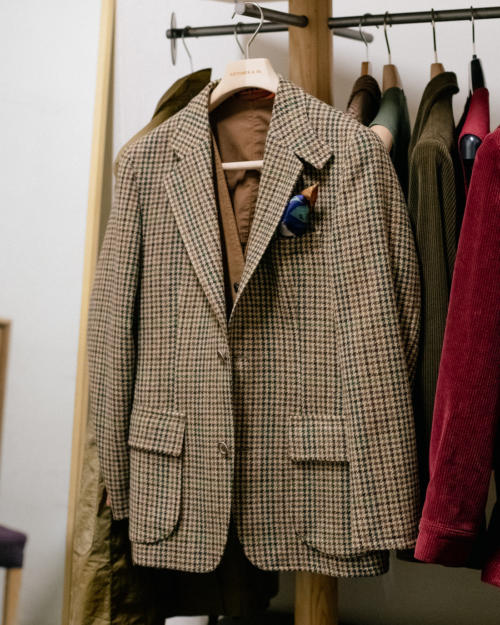
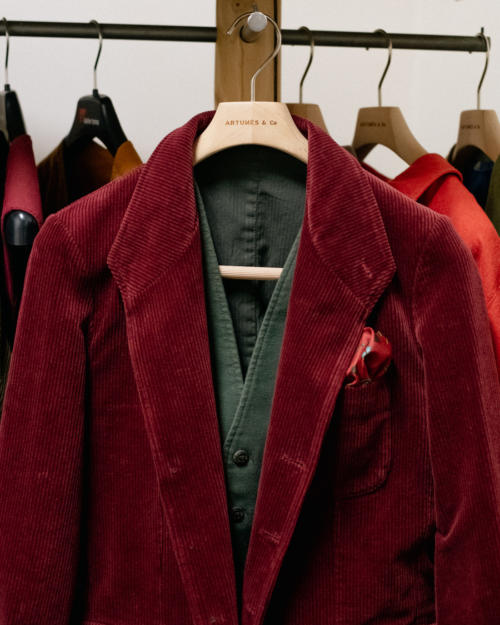
Unfortunately for me, its narrower, slimmer cut is not a good match, as part of the Forestière’s personal appeal was its oversized ‘anti’ fit.
I leave Artumes with a notebook full of acquired wisdom, but without a replacement model for my beloved Forestière - something I had hoped to find at Artumes.
Hopefully another of Paris’s more interesting stores will be able can help a little in that regard. More on that next time.
Photography: Alex Natt. Below, Thomas Dracht (left) and Dominique Lelys
DMTBeautySpot
via https://dmtbeautyspot.com
Simon Crompton, DMT.NEWS, DMT BeautySpot, Barber.Tube
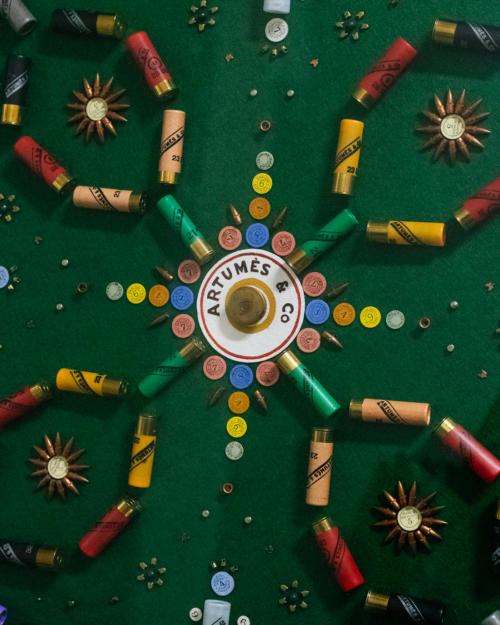
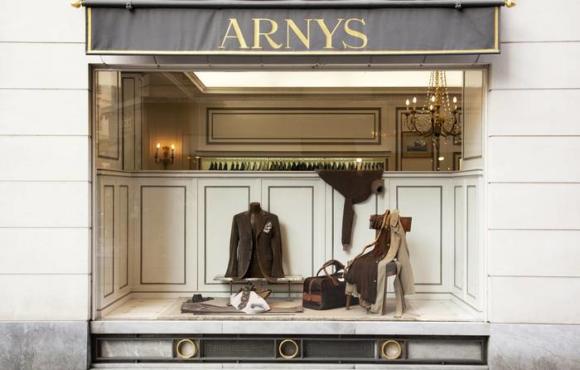
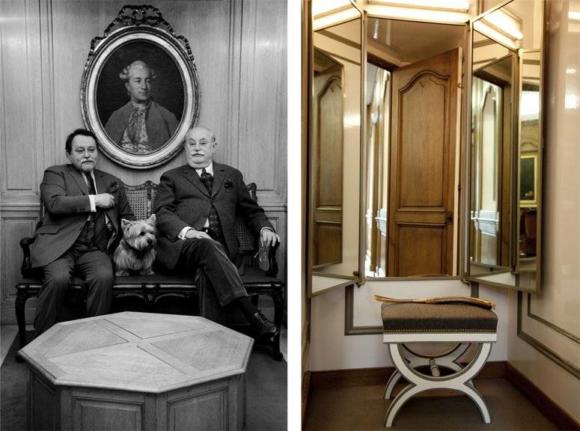
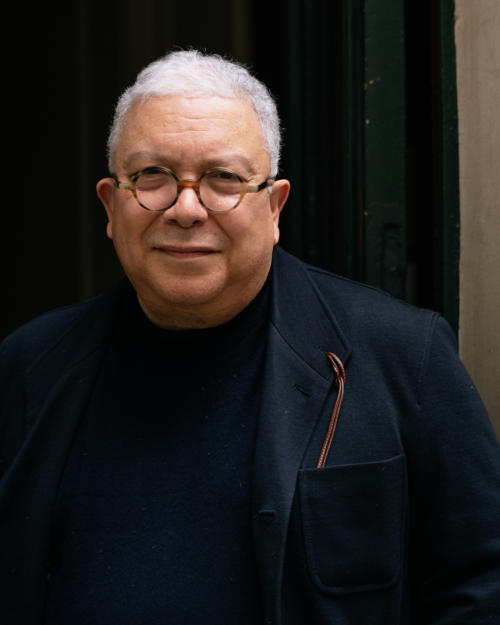
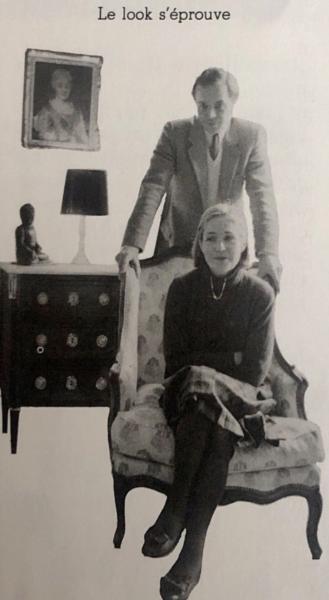
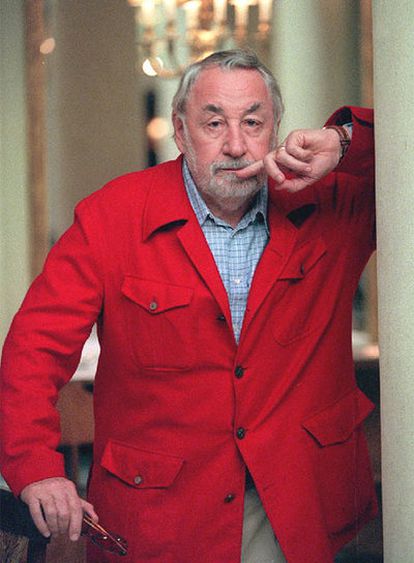
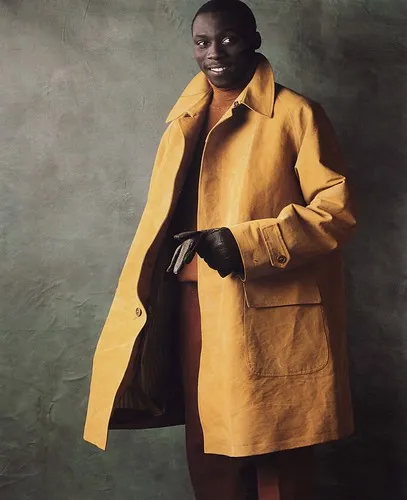
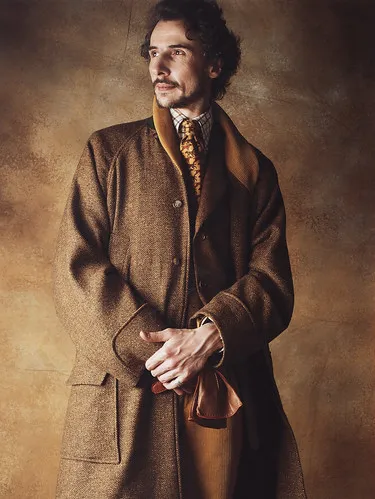
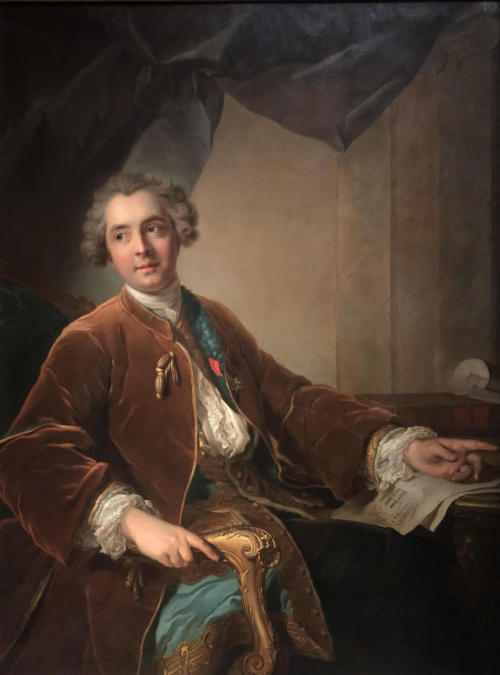
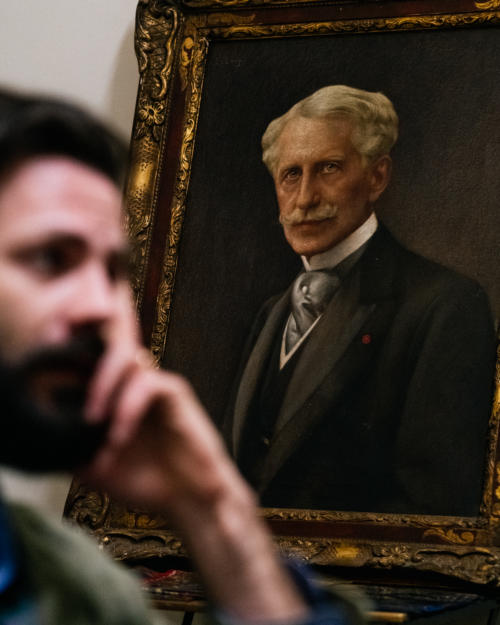
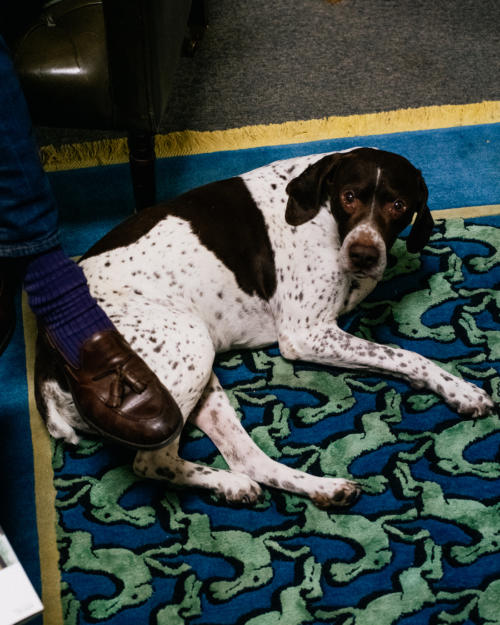
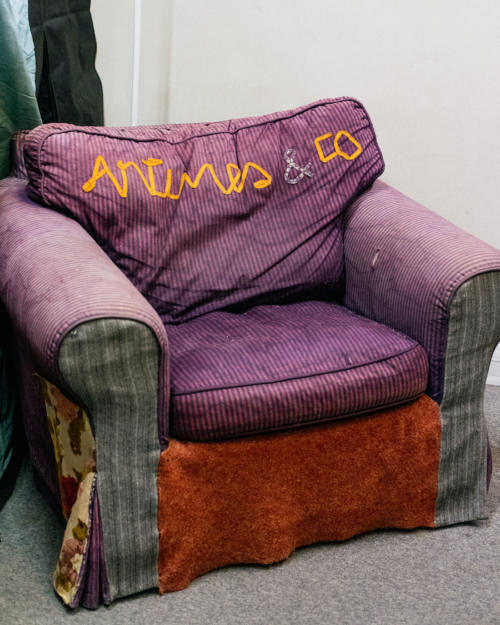
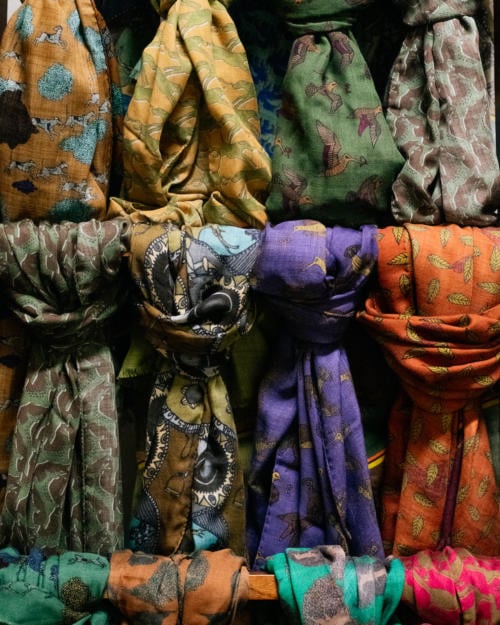
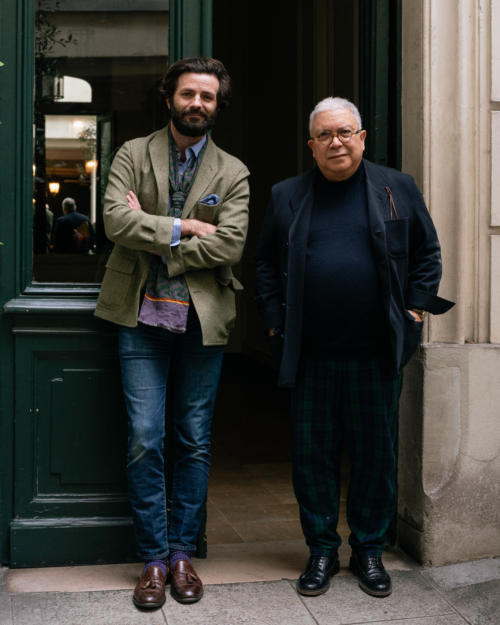
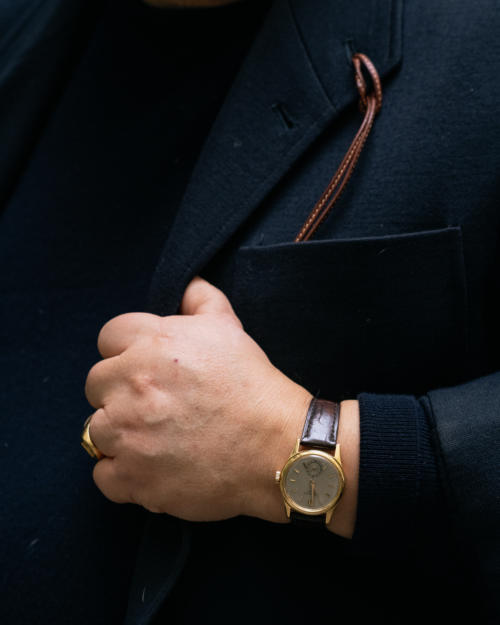
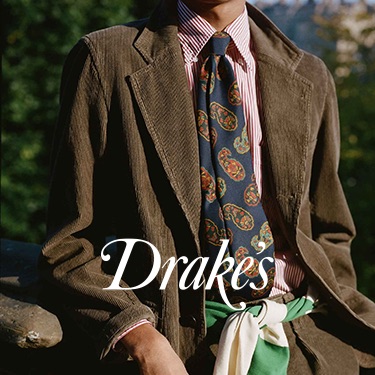







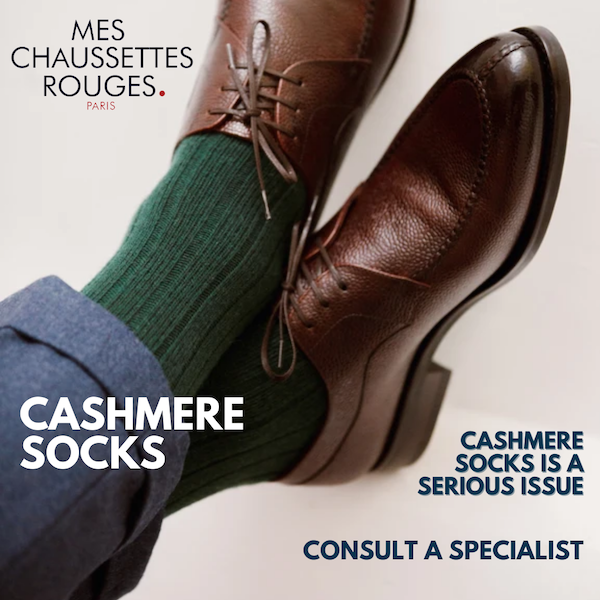




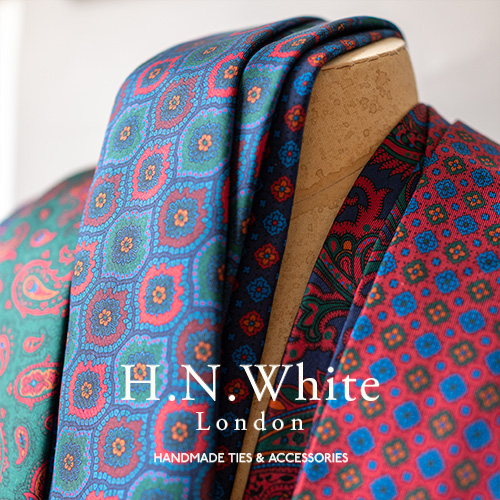


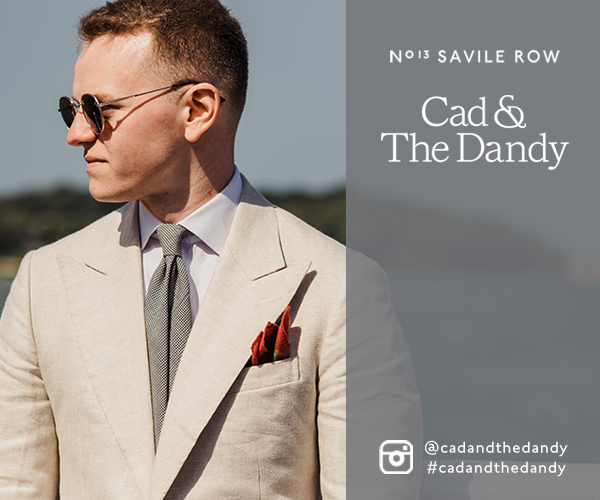





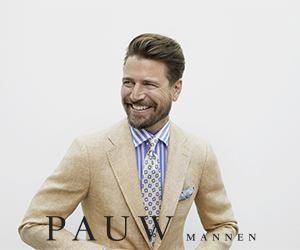


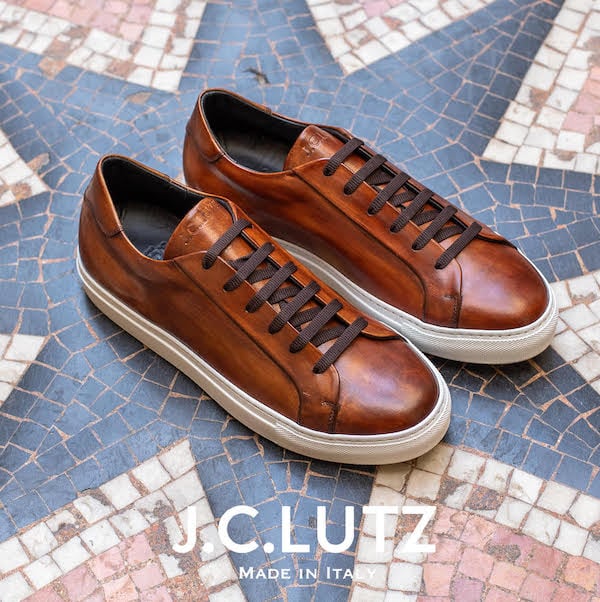





0 comments